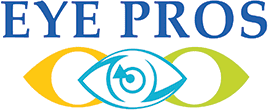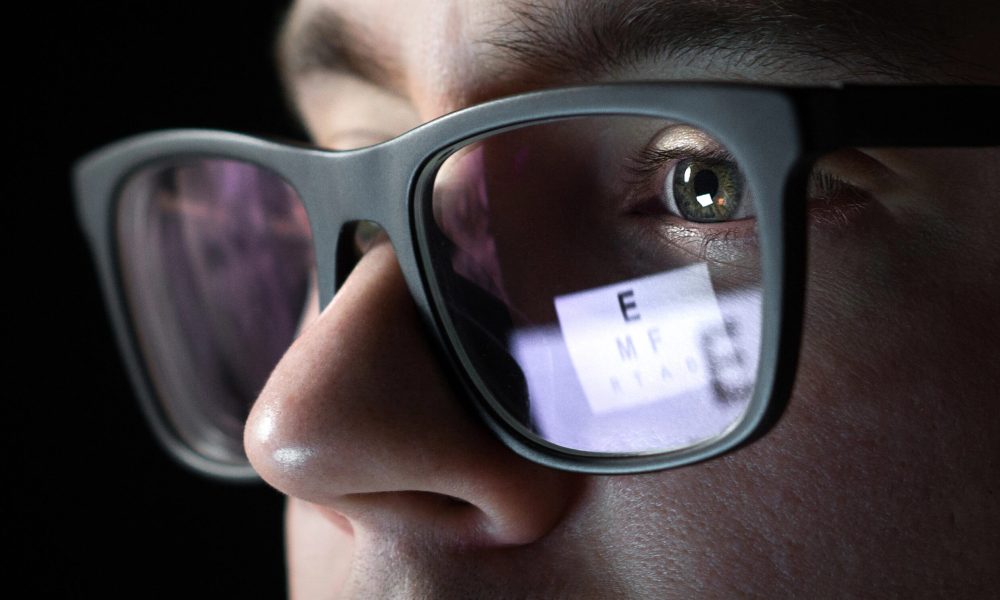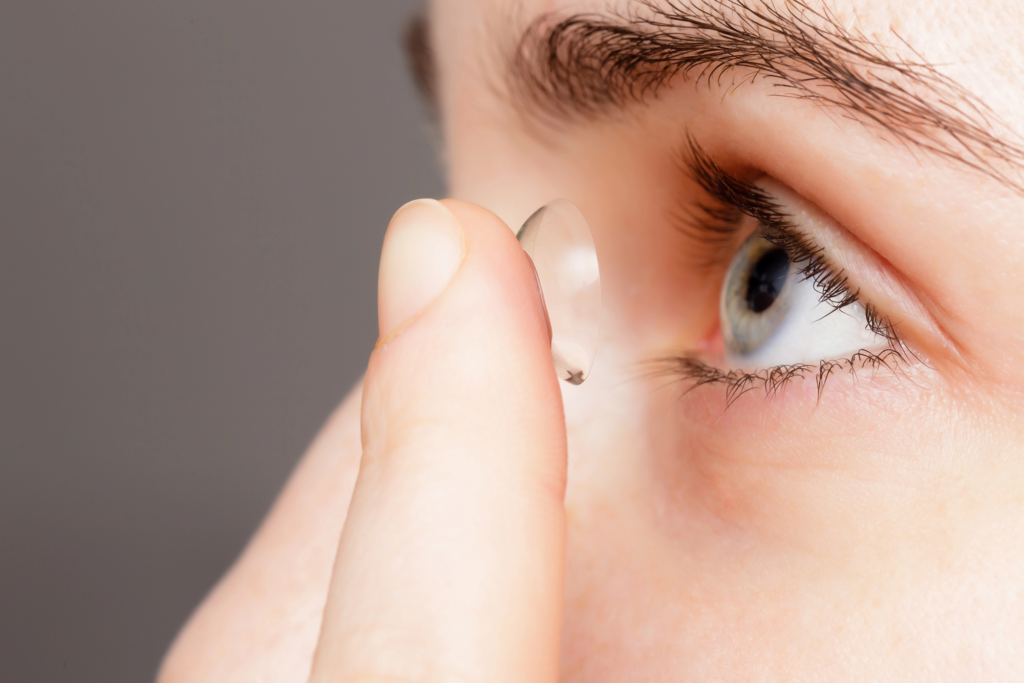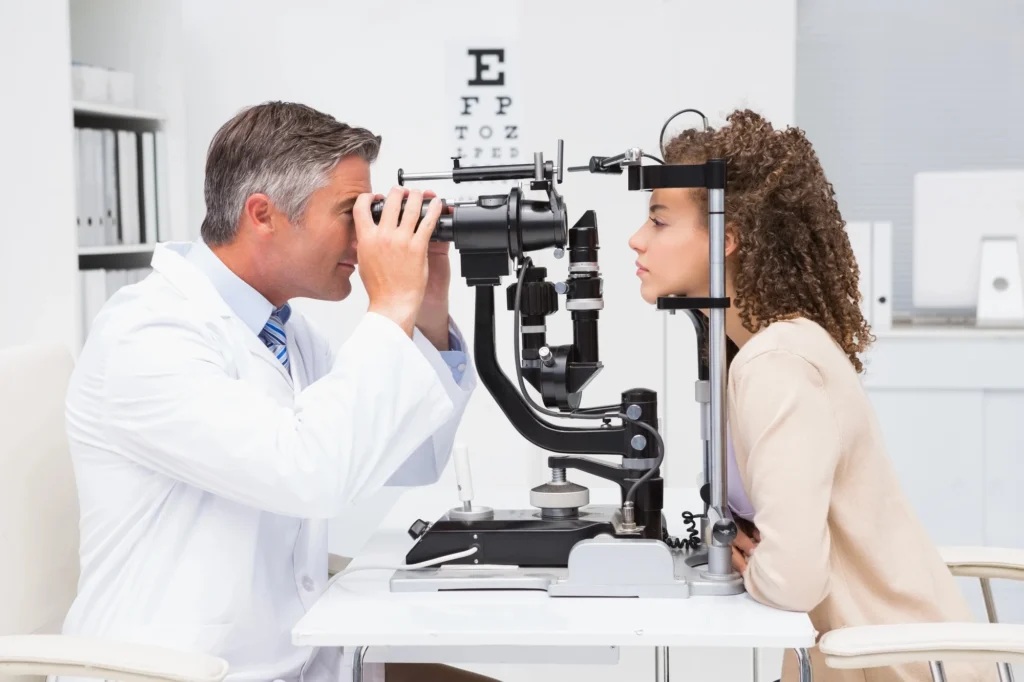As we get older, it’s common to experience changes in vision, especially when it comes to seeing things up close. This condition, known as presbyopia, affects many people over the age of 40 and can make reading, using a phone, or even seeing small print challenging. For those tired of switching between reading glasses and regular glasses, multifocal lenses offer an all-in-one solution.
Multifocal lenses are designed to provide clear vision at multiple distances—near, far, and everything in between. Available as both contact lenses and eyeglasses, they’re an increasingly popular option for people looking to streamline their vision correction. Wondering if they’re right for you? Consulting with an eye doctor can help you determine whether multifocal lenses fit your lifestyle and vision needs. In this article, we’ll explore how multifocal lenses work, their types, benefits, and what to expect if you decide to make the switch.
What Are Multifocal Lenses and How Do They Work?
Multifocal lenses are specially designed to correct vision at multiple distances, making them ideal for people who need help seeing both near and far. Unlike single-vision lenses that correct just one range, multifocals allow a seamless transition between near, intermediate, and distant vision, all within a single lens. This feature makes them especially valuable for individuals with presbyopia, where close-up vision becomes more difficult with age.
Multifocal lenses work by incorporating different prescriptions within the same lens, so your eyes can naturally shift focus without needing to swap glasses or strain your vision. These lenses come in various designs, such as progressive lenses in eyeglasses, which have a gradual shift from one prescription to another, eliminating the “line” that traditional bifocals have.
An eye doctor can help explain the specific multifocal lens designs and recommend the best option based on your lifestyle and daily visual needs. Whether you choose multifocal glasses or contact lenses, these lenses can make a huge difference in the ease and comfort of your everyday vision.
Types of Multifocal Lenses
When it comes to multifocal lenses, there are several options available, allowing you to choose the type that best suits your lifestyle and vision needs.
Here are the main types:
Multifocal Contact Lenses
These come in soft and rigid (gas-permeable) forms. Soft multifocal contacts are often preferred for their comfort, while rigid lenses can provide sharper vision in some cases. They’re available in daily, bi-weekly, or monthly disposables, giving you flexibility based on your wear preferences.
Progressive Eyeglass Lenses
A popular choice, progressive lenses provide a gradual transition from distance to near vision without visible lines, unlike bifocals or trifocals. This creates a more natural visual experience for those needing help with both close-up and distant tasks.
Bifocal and Trifocal Eyeglass Lenses
While not technically “multifocal,” bifocals and trifocals offer two or three focal points, respectively, with visible lines on the lens. These may be suitable for those who only need specific focal adjustments and don’t mind the distinct sections on the lenses.
Consulting an eye doctor can help you decide which type of multifocal lens is best based on factors like comfort, appearance, and how frequently you need near or distance vision. Each type offers unique benefits, and with the right choice, you can enjoy smooth vision correction for all your activities.
Benefits and Drawbacks of Multifocal Lenses
Multifocal lenses offer a convenient solution for those who want clear vision at multiple distances without the hassle of switching glasses. However, like any vision correction option, they come with both advantages and potential downsides.
Benefits of Multifocal Lenses
- Convenient Vision Correction: Multifocal lenses allow you to see clearly at different distances—near, intermediate, and far—without needing separate pairs of glasses.
- Natural Transition: Progressive multifocal lenses provide a gradual shift between focal points, creating a smooth and natural visual experience without the sharp “jump” of traditional bifocals.
- Reduced Need for Multiple Glasses: With multifocal lenses, you won’t need to carry around reading glasses or switch between different pairs throughout the day.
Drawbacks of Multifocal Lenses
- Adjustment Period: Some people experience a learning curve when adjusting to multifocal lenses, especially progressive lenses, as their eyes get used to the multiple focal areas.
- Visual Disturbances: Issues like glare, halos, or slight blurriness may occur, especially when first wearing the lenses or in low-light settings.
- Higher Cost: Multifocal lenses, particularly progressives and multifocal contacts, tend to be more expensive than single-vision lenses.
An eye doctor can help you weigh these pros and cons and determine whether multifocal lenses align with your lifestyle and vision needs. While they’re not ideal for everyone, many people find the convenience and clarity multifocals offer well worth the investment.
Are Multifocal Lenses Right for You?
Deciding whether multifocal lenses are the right choice depends on your lifestyle, vision needs, and comfort preferences.
Factors to consider for a good fit:
- You Have Presbyopia: Multifocals allow you to see clearly at various distances without needing multiple pairs of glasses, making them ideal for those with busy, varied lifestyles.
- You’re Comfortable with a Brief Adjustment Period: Some users experience a short adjustment period as they get used to the different focal points within the lenses. If you’re open to this initial adaptation, the lenses can provide lasting visual benefits.
- Budget Considerations: Multifocal lenses, especially progressive lenses, can be pricier than single-vision options. However, many people find the convenience worth the cost.
- Consult an Eye Doctor: An eye doctor can assess your specific vision requirements, discuss different types of multifocal lenses, and help you determine if they’re the right option. They may even recommend trial lenses to see how well you adapt.
Choosing multifocal lenses can simplify your vision correction routine and enhance your overall experience with clearer, more flexible sight. If you’re considering the switch, an eye doctor can guide you toward the best choice based on your needs.
Adjusting to Multifocal Lenses: Tips and Expectations
Switching to multifocal lenses can be a game-changer for clear vision at all distances, but it often requires a short adjustment period. Getting accustomed to the different focal areas within the lenses may take a bit of patience, especially if you’re new to multifocals.
Tips for a smooth adjustment:
- Wear Them Consistently: To speed up the adjustment process, wear your multifocal lenses consistently throughout the day. This helps your eyes and brain adapt to the new way of focusing on objects at various distances.
- Practice Looking Through Different Areas: For multifocal glasses, practice positioning your head and eyes to focus through the different parts of the lens. This is especially important for activities like reading, driving, or working at a computer.
- Give It Time: Most people adjust within a few days to a couple of weeks. If you experience slight blurriness or glare, know that it’s often temporary. However, if discomfort persists, an eye doctor can make small adjustments to improve fit and comfort.
- Visit Your Eye Doctor for Follow-ups: Regular follow-ups with your eye doctor can ensure the lenses are working well for you. They can offer advice or adjustments based on how your eyes are responding to the new lenses.
With a little patience and practice, most people find they can quickly adapt to multifocal lenses and enjoy the convenience of clear vision at all distances. Your eye doctor is a great resource for support and tips throughout the adjustment period, making the transition smoother.
FAQs
What do multifocal lenses do?
Multifocal lenses contain multiple prescriptions within a single lens, allowing you to see clearly at various distances—near, intermediate, and far. They’re ideal for people with presbyopia who want a convenient solution for vision correction without switching between glasses.
What are the disadvantages of multifocal lenses?
Some people experience a brief adjustment period, which can include slight blurriness or glare, especially in low-light settings. Multifocal lenses also tend to be more expensive than single-vision lenses, and they may not be the best choice for everyone. Consulting an eye doctor can help you weigh these pros and cons based on your needs.
Who should wear multifocal lenses?
Multifocal glasses are a great option for those with presbyopia who need help seeing at multiple distances. They’re especially beneficial for individuals who want a single pair of glasses to manage their near and distance vision, without needing separate reading glasses.
Which is better, bifocal or multifocal lenses?
Bifocal lenses provide two distinct focal points (near and far), while multifocal lenses offer a seamless transition across multiple distances. Multifocals are generally preferred for a more natural viewing experience, but an eye doctor can help determine which is best based on your vision needs.
Can anyone wear multifocal contact lenses?
Most people with presbyopia can wear multifocal contact lenses, though comfort and effectiveness may vary based on individual eye shape, vision needs, and lifestyle. An eye doctor can recommend whether multifocal contacts are suitable and provide trial lenses to ensure a good fit.
Do multifocal lenses work for astigmatism?
Yes, multifocal lenses are available for those with astigmatism. These lenses, often called toric multifocals, are designed to correct both presbyopia and astigmatism, allowing for clear vision at multiple distances. An eye doctor can help fit these specialized lenses to suit your needs.
Multifocal lenses offer a practical solution for people with presbyopia, providing clear vision at all distances without the need to switch between different pairs of glasses. While they may take a little time to get used to, the benefits of seamless vision correction make them a popular choice for many.
If you’re considering multifocal lenses, consult with an eye doctor who can assess your vision needs and recommend the best option for you. Ready to explore the freedom that multifocal lenses can provide? Schedule an eye exam today at Eye Pros and discover if these lenses are the right fit for your lifestyle and vision.





